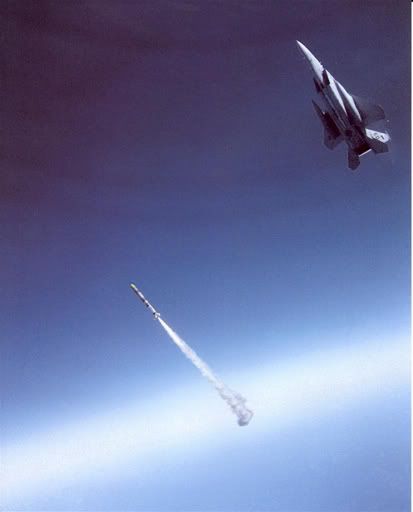The United States gave Moscow guarantees that its proposed anti-missile shield "will be not directed" against Russia, Russian Foreign Minister Sergey Lavrov said Thursday in a first sign of progress in very hard negotiations between the two countries.
"The Americans are ready to provide us with a series of measures to give us confidence and reassure us that this system is not directed against us," said Lavrov in an interview published on the website of the daily Izvestia.
The Russian diplomat was referring to a US proposal to install 10 interceptor missiles in Poland and a tracking radar in the Czech Republic as part of an anti-missile system which Washington says is aimed at protecting against "rogue" states such as Iran and North Korea.
The Russian side had never taken such a positive stance about the extremely sensitive proposal, which Moscow sees as a direct threat to its security, especially with a radar installation that could survey parts of Russia's territory.
Lavrov said the United States had proposed giving Russia the possibility of monitoring, both with inspectors and equipment, "the function of the radar station" in the Czech Republic and "the actual condition of the base of interceptor missiles" in Poland.
"At this stage, we have succeeded in getting the Americans to admit that our concerns are not without foundation," Lavrov said, commenting on talks with US Secretary of State Condoleezza Rice and Defense Secretary Robert Gates in Moscow on Tuesday.
"Of course, they continue to assure that they are not going to use these bases in Poland and in the Czech Republic against us, but they are forced to accept our argument: in affairs like this, it is not the intentions that count, but the potential," Lavrov said.
Russia's foreign ministry had said Wednesday it was studying new written proposals from the United States aimed at allaying Moscow's concerns over Washington's missile defence plans in Europe.
The proposals came after Rice and Gates held talks in Moscow on Monday and Tuesday with outgoing President Vladimir Putin, president-elect Dmitry Medvedev and other top officials.
Russian newspapers on Wednesday said both sides were keen to ensure that Putin's planned attendance at a NATO summit in Bucharest on April 2-4 was a cordial affair.
Despite Russian opposition, this week's meetings marked a contrast with previous angry exchanges.
Lavrov earlier described as "important and useful" the latest US proposals, previously said to include
allowing Russian officers to inspect the defence sites.
Wednesday's edition of the state newspaper Rossiyskaya Gazeta said that while Russia remained unhappy with the overall missile defence plan, this week's meetings "clearly can't be called a failure."
The independent Gazeta newspaper said the US proposals "give reason to predict a warm, friendly atmosphere at the NATO summit" to be attended by Putin.




 Reply With Quote
Reply With Quote )
)


 The guided missile cruiser USS Shiloh launches an SM-3 during a ballistic missile defense exercise. The ship is one of three that will use the same system to shoot down a spy satellite within weeks. (Photograph courtesy of the U.S. Navy)
The guided missile cruiser USS Shiloh launches an SM-3 during a ballistic missile defense exercise. The ship is one of three that will use the same system to shoot down a spy satellite within weeks. (Photograph courtesy of the U.S. Navy)
 A Delta II rocket lifts off in December, carrying a reconnaissance satellite that failed hours later.
A Delta II rocket lifts off in December, carrying a reconnaissance satellite that failed hours later.


Bookmarks